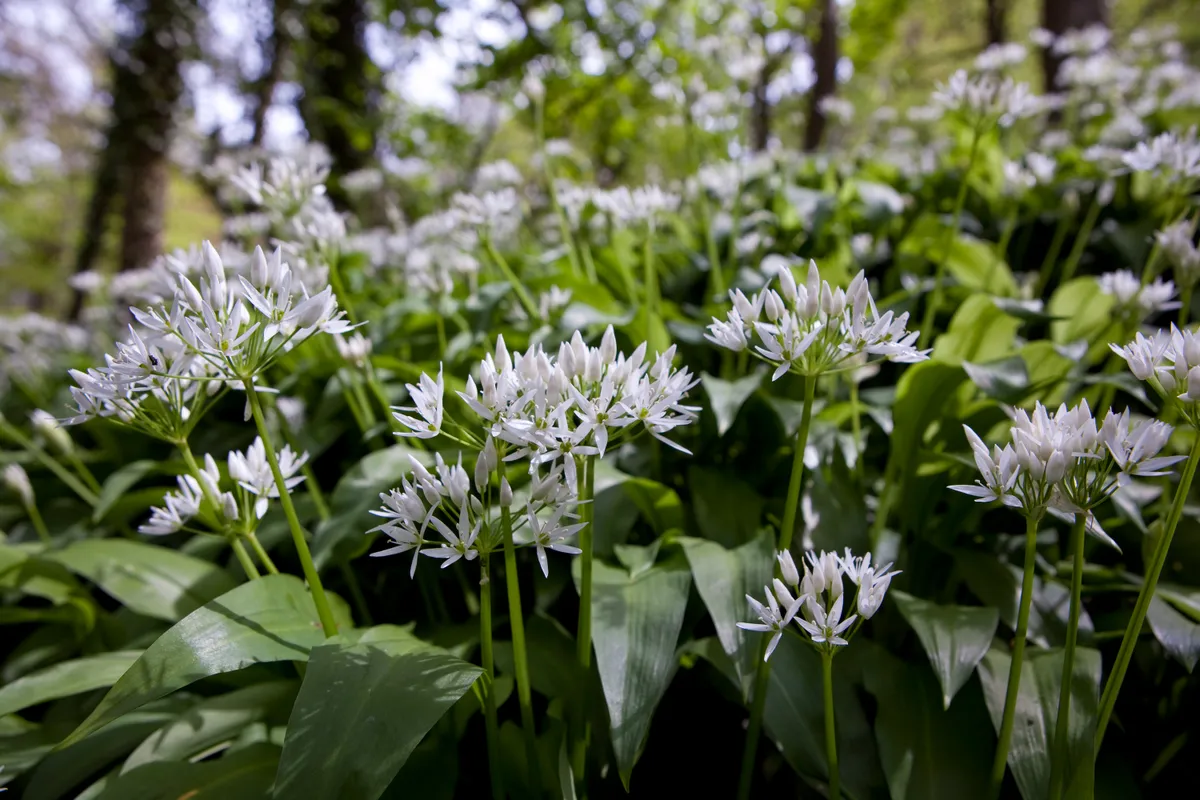You know that spring is in full flush and summer’s on its way when the familiar smell of wild garlic starts to perfume the woodlands and hedgerows. It doesn’t have a long season, though, so by fermenting it you can preserve its pungent deliciousness to enjoy long after the plants have died back.
Wild garlic guide: where to find, how to cook it and recipe ideas
Late spring is the perfect times to go foraging for this versatile and pungent plant, which can be whipped up into a delicious soup or pesto. Our expert guide on where to find it and forage responsibly, how to cook it and tasty wild garlic recipe ideas.

Follow this easy recipe for fermented wild garlic taken from game cook Rachel Currie's new book Game and Gatherings